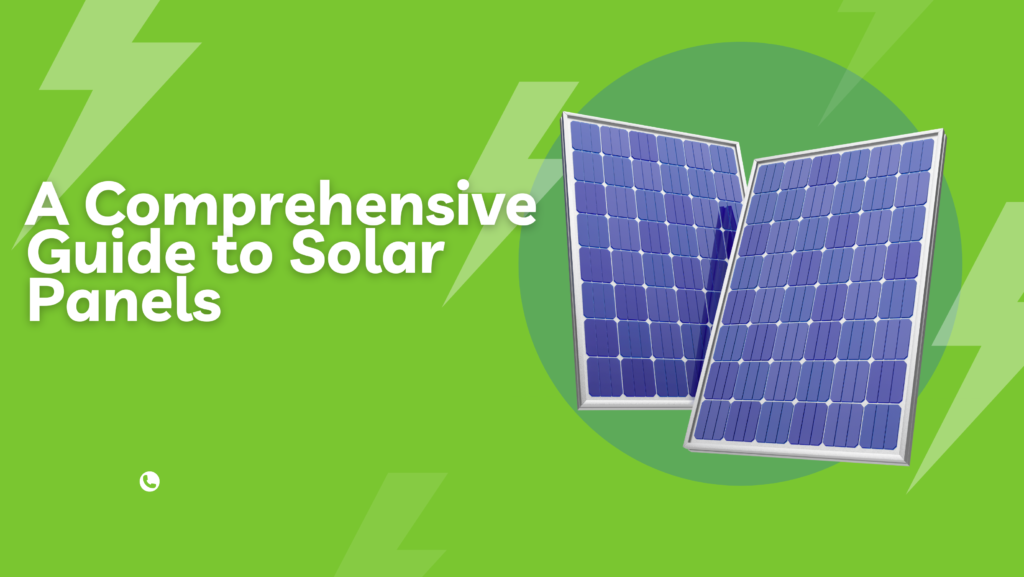
Introduction:
In the quest for sustainable and clean energy solutions, solar panels have emerged as a revolutionary technology, offering a promising avenue for reducing our dependence on conventional power sources. This article explores the marvels of solar panels, shedding light on their functionality, benefits, and the role they play in shaping a greener future.
Understanding Solar Panels:
Solar panels, also known as photovoltaic (PV) panels, are devices designed to convert sunlight into electricity. This process relies on the photovoltaic effect, wherein the panels absorb photons from the sun and generate an electric current. The basic building block of a solar panel is the solar cell, typically made from semiconductor materials like silicon. When sunlight strikes these cells, it excites electrons, creating an electric current that can be harnessed for various applications.
Key Components and Types:
Solar panels consist of several key components, including solar cells, a frame for structural support, a glass cover for protection, and a junction box for electrical connections. There are different types of solar panels, such as monocrystalline, polycrystalline, and thin-film, each with its unique characteristics and efficiency levels. Understanding these differences can help individuals and businesses choose the most suitable option based on their energy needs and budget.
Benefits of Solar Panels:
Renewable Energy Source: Solar energy is a virtually infinite and renewable resource, making it an environmentally friendly alternative to fossil fuels.
Reduced Electricity Bills: By harnessing solar power, individuals and businesses can significantly reduce their reliance on the grid, leading to lower electricity bills.
Low Environmental Impact: Solar panels produce electricity without emitting harmful pollutants, contributing to a cleaner and healthier environment.
Energy Independence: Solar panels provide a degree of energy independence, reducing reliance on centralized power grids and mitigating the impact of power outages.
Financial Incentives: Many governments and local authorities offer financial incentives, tax credits, and rebates to encourage the adoption of solar panels, making them more affordable for consumers.
Installation and Maintenance:
Installing solar panels requires careful planning and consideration of factors like location, orientation, and shading. Regular maintenance, including cleaning and inspections, ensures optimal performance and longevity of the system. Engaging professional installers can streamline the process and guarantee efficient operation.
Conclusion:
As the world strives to transition towards sustainable energy solutions, solar panels stand out as a beacon of hope. Their ability to harness the power of the sun, coupled with environmental and financial benefits, makes them a compelling choice for individuals, businesses, and communities. Embracing solar technology not only contributes to a cleaner planet but also paves the way for a brighter and more sustainable future.



Informative